Marlik collection finds way home after five decades
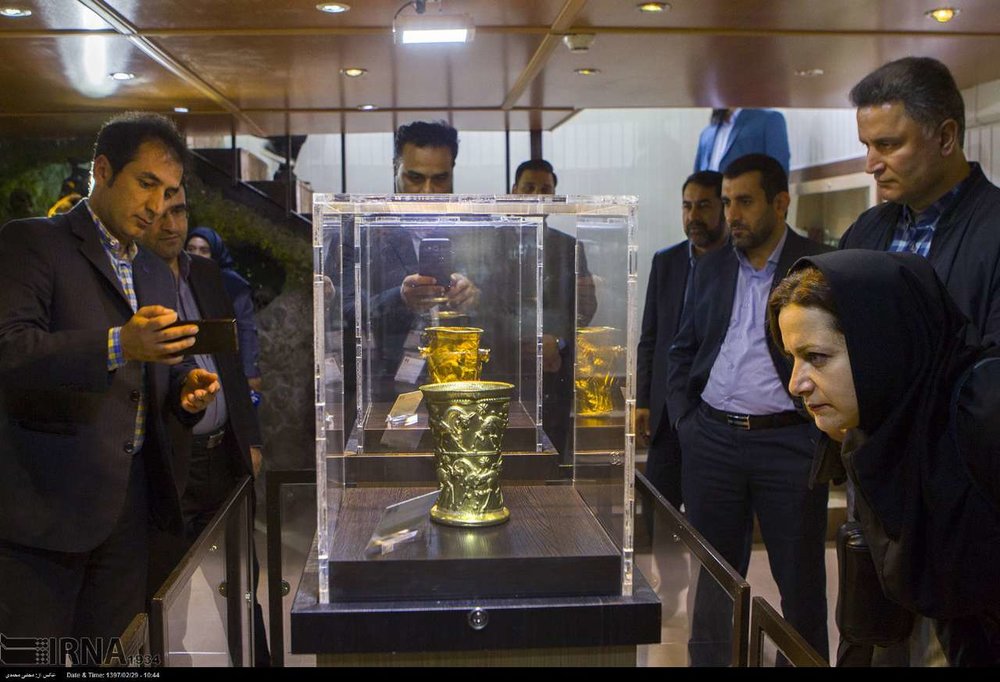
Photos depict magnificent Marlik collection being on display at the Rasht Museum of Archaeology and Anthropology, northern Iran, May 19, 2018.
The Iron-Age collection is temporarily back home after being excavated some five decades ago from a royal cemetery near Roudbar, Gilan province, neighboring the Caspian Sea.
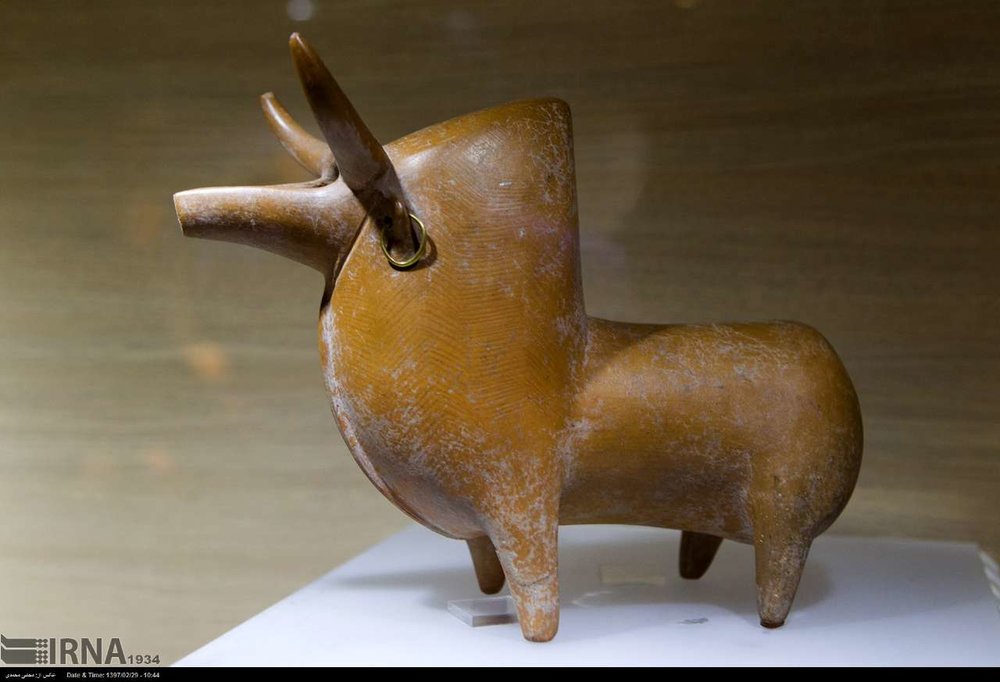
The collection comprises some 60 artifacts including exclusively-ornamented golden vessels, figurines, personal ornamentations, amongst others, all on loan from the National Museum of Iran, ISNA reported.
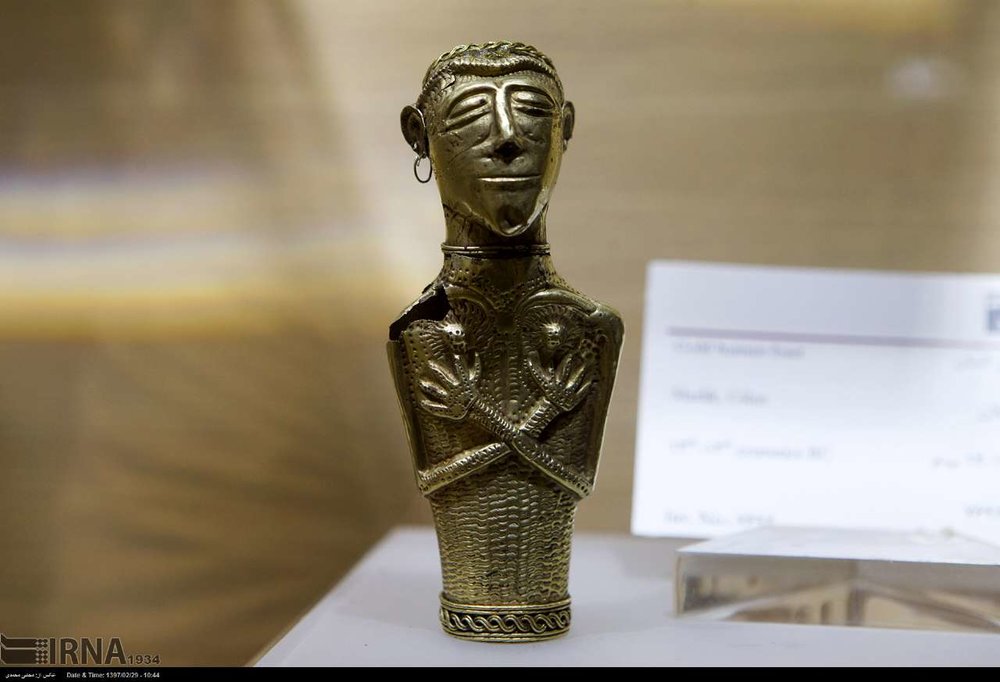
The artifacts were excavated in the early 1960s through several rounds of excavations supervised by prominent Iranian archaeologist Ezzatollah Negahban.
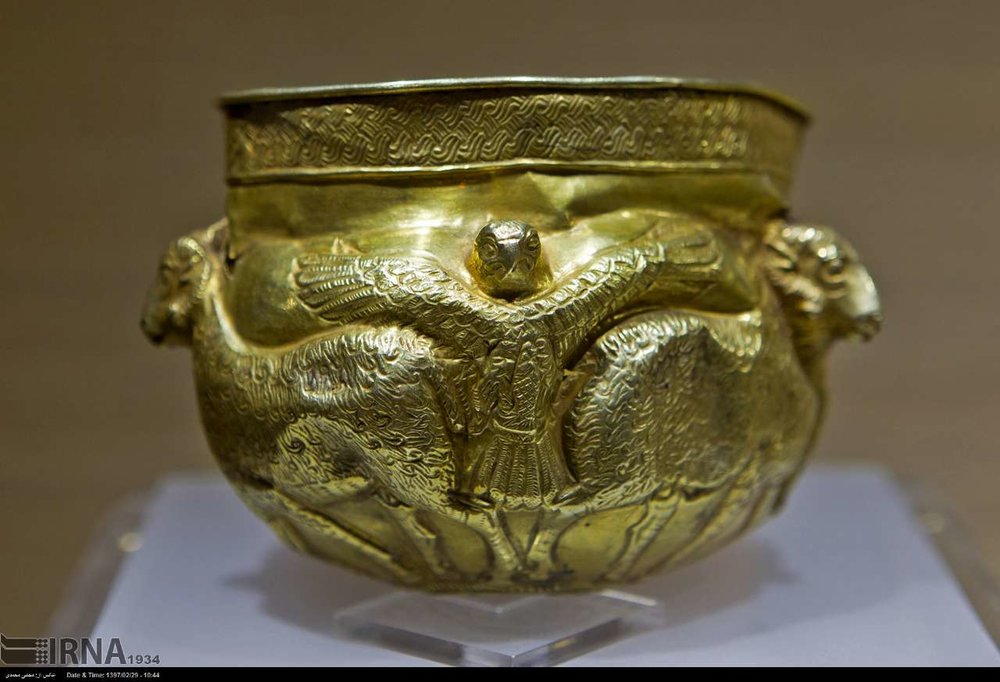
Marlik yielded a handful of tomb chambers, skeletal remains and artifacts with amazing gold workmanship, which are estimated to date form over three millennia ago.

In total, fifty-three tombs were discovered at the mount of Marlik and they were dug into the overlaying sediments, sometimes hitting and penetrating into the underlying bedrock, according to Encyclopedia Iranica.
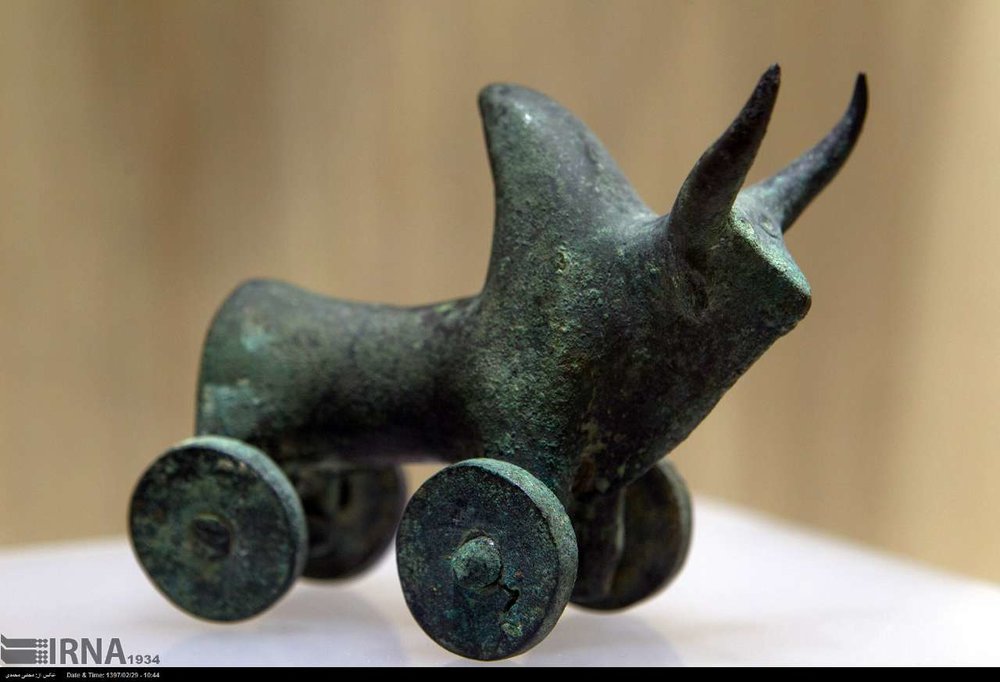
The Iron Age is the final epoch of the three-age system, preceded by the Stone Age (Neolithic) and the Bronze Age.
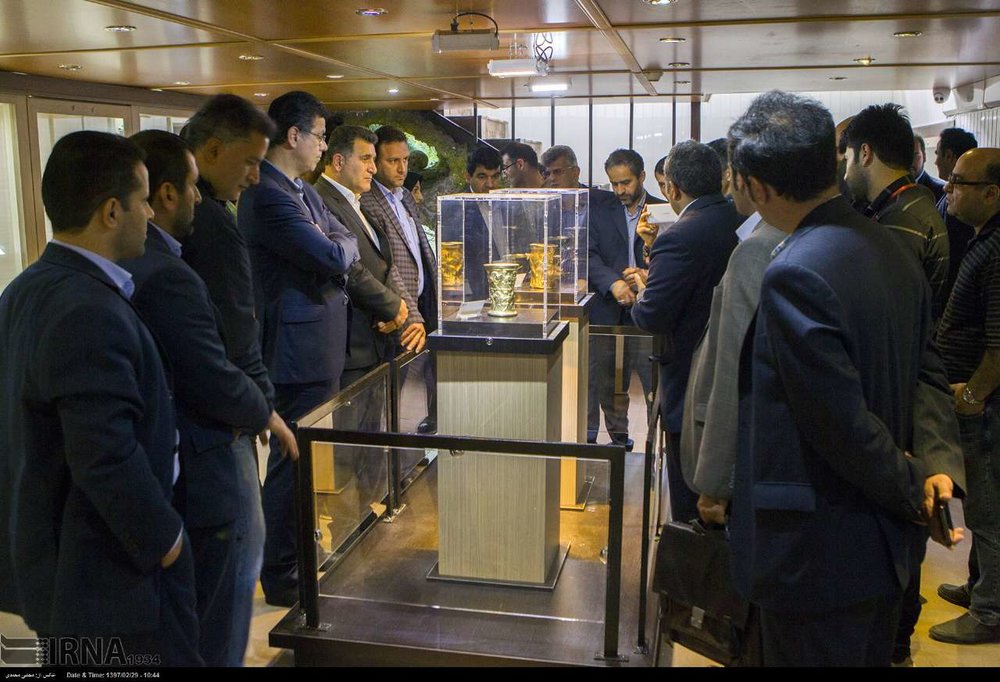
The exhibit will be running through June 3.
AFM/MQ/MG

Leave a Comment